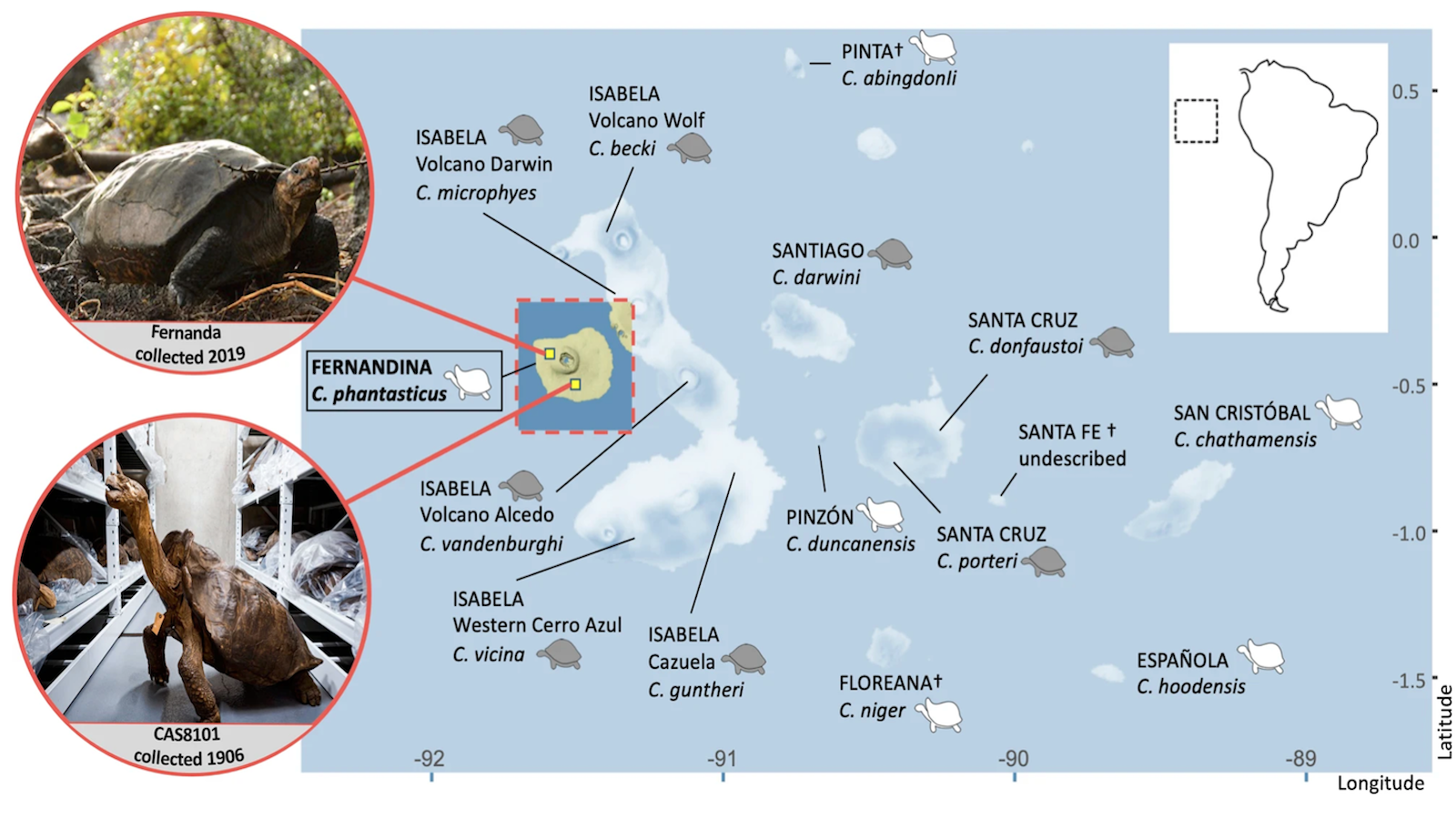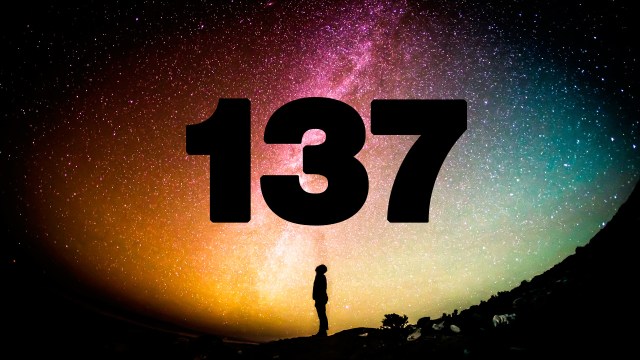Amazing Amasia: a new take on the next supercontinent
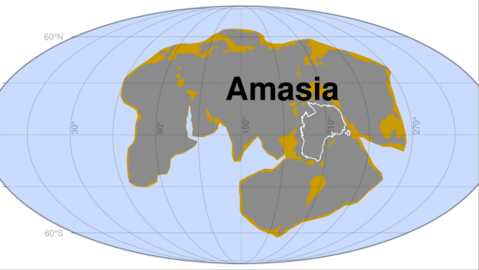
- We know there will be a next supercontinent, but not when or how it will appear.
- As a result, the same predictive model can be tweaked to produce very different outcomes.
- Welcome to amazing Amasia, the supercontinent with not one but two looks (so far).
“It’s tough to make predictions, especially about the future.” If there’s one Yogi Berra quote that geologists should frame and hang in their office, this is it. But the warning will go unheeded. Those rock-huggers just can’t resist the urge to dream up the next supercontinent.
Mere mortals see the world and its continents as essentially static, as an individual’s time horizon is limited to the span of a human life. But geologists know the world map is merely a snapshot. That’s because they deal in millions and billions of years.
Supercontinent cycles
On that time scale, land masses shift and bend, break and merge. Continents combine into single supercontinents only to refragment into new continents, differently shaped and differently positioned.
That’s what geologists call a “supercontinent cycle,” and they take several hundreds of millions of years. They’ve happened several times before, and they will happen again. In Strange Maps #1064, we listed some of the supercontinents that once were (for example, Pangea), and had a look at four of the likeliest scenarios for the next one.
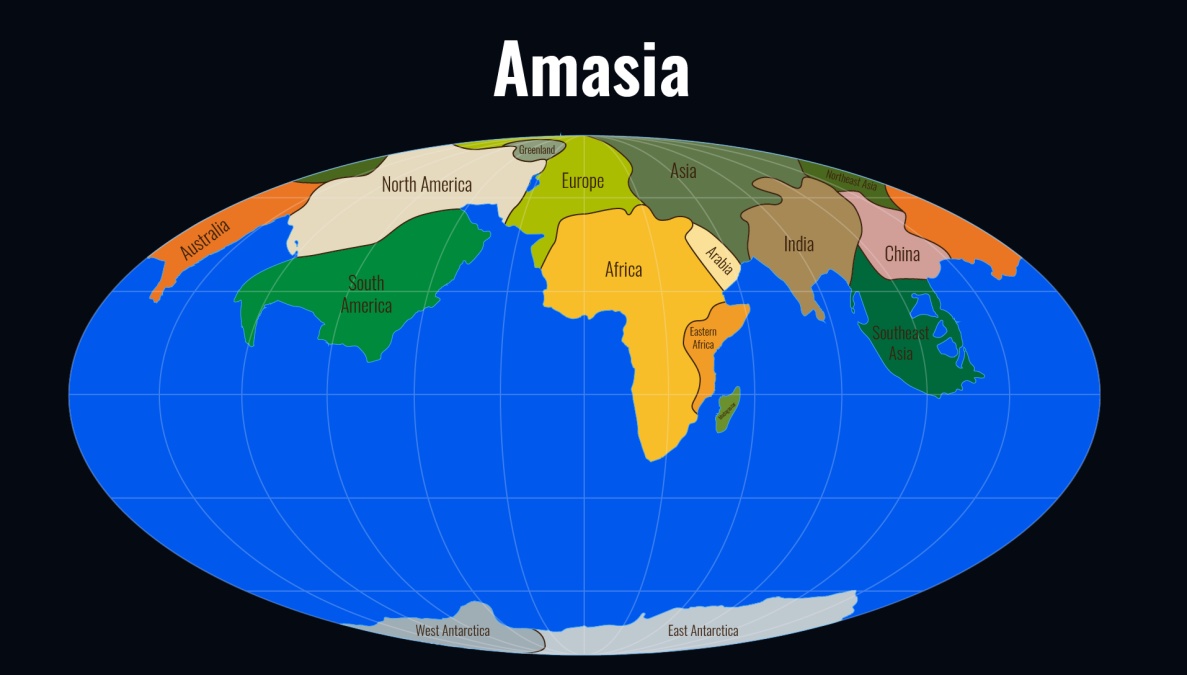
That shortlist was drawn up by a trio of scientists, in an article published in Global and Planetary Change in 2018. One of those four scenarios is called Amasia, because one of its defining features is the collision between America and Asia. (Aserica sounded too silly, and anyway it’s already taken.)
Will our future Earth, hundreds of millions of years hence, look like Amasia? Or will the next supercontinent rather resemble one of the other three scenarios: Novo Pangea, Pangea Ultima, or Aurica?
New tectonic modeling
None of us will be around to find out. But that won’t stop geologists from revisiting and refining the theories of continental drift and tectonic recombination. And to be honest, we can’t resist a good-looking supercontinent either. So when a new set of scientists came up with a different Amasia, our geo-futurist interest was piqued.
The more recent map of Amasia is the result of new tectonic modeling by researchers at Curtin University, an institution with campuses in Australia and throughout Asia. They used 4D geodynamic modeling to gaze 300 million years into the future, and they predicted a slightly different Amasia from the one developed in the 2018 article.
The main feature of the “earlier” Amasia is the closing of the Arctic Ocean, joining virtually all continents via the top. Antarctica is the only old-school continent still adrift on its own.
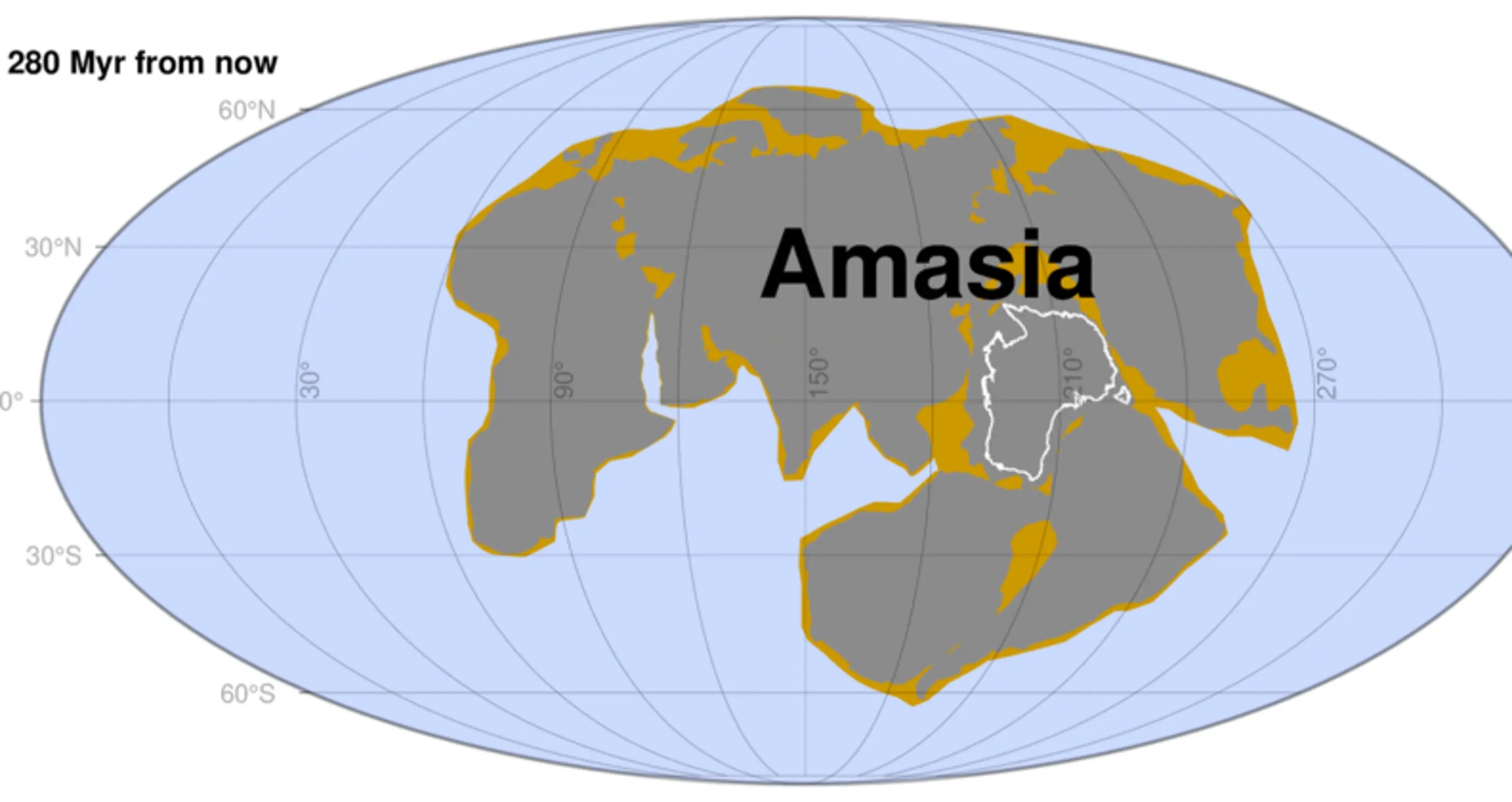
In the “newer” Amasia, all continents (including Antarctica) have come together, but not in the circular fashion of the earlier proposed supercontinent. Here, the Pacific Ocean has gone, bringing America and Asia together, but a Columbus of the distant future could still sail west from “Europe” to discover “America.”
Australia takes center stage
Interestingly, not only is Australia no longer an island in this version of Amasia, it will be surrounded by land entirely. To be precise, it will be squeezed in between East Asia and North America, and blocked off by Antarctica and South America. In fact, Australia will be at the core of the massive land mass that is (or rather, will be) Amasia. In this version of the future, the Australian Outback goes global.
It is doubtful whether we would recognize much of the flora or any of the fauna of Amasia World so many millions of years into the future. Heck, we humans ourselves probably will no longer exist. What scientists do think they can say with some degree of certainty about Amasia is that the vast interior of the supercontinent will be very arid and hot.
But of course, the next supercontinent likely will turn out completely different anyway. Hopefully there’s space below that Yogi Berra quote in the geology room for another one: “The future ain’t what it used to be.”
Strange Maps #1176
More on ‘New Amasia’ in this article on New Atlas. Read the original paper here in the National Science Review.
Got a strange map? Let me know at strangemaps@gmail.com.
Follow Strange Maps on Twitter and Facebook.




